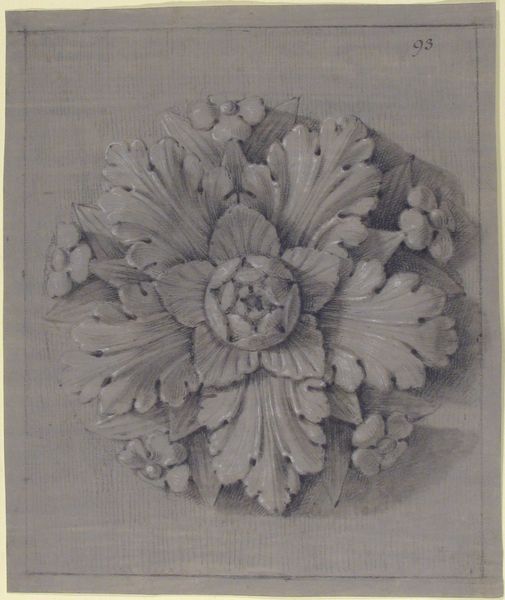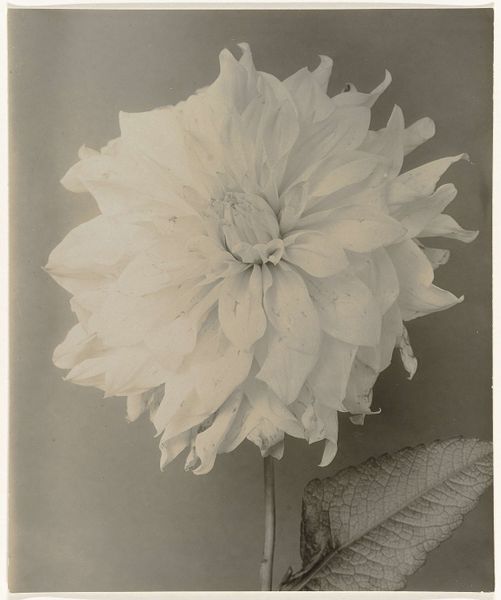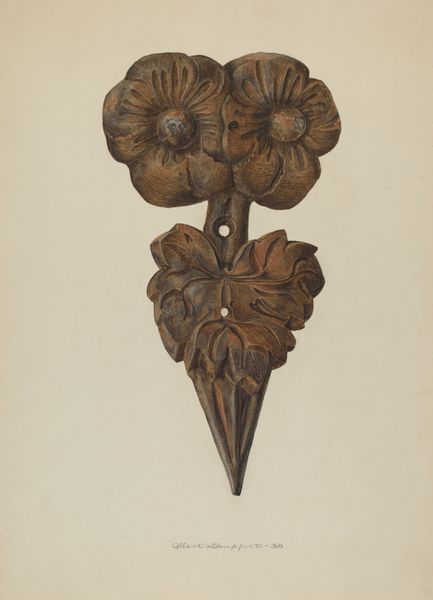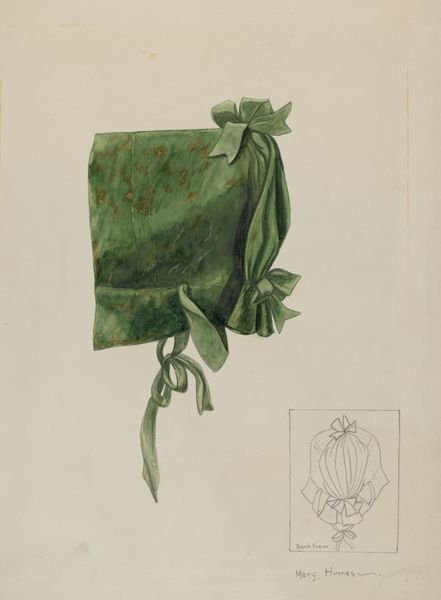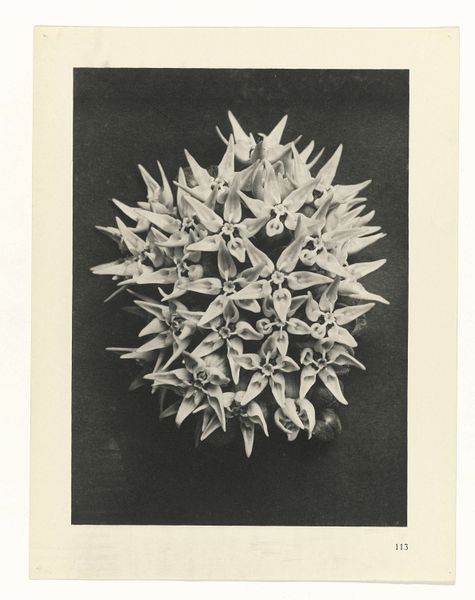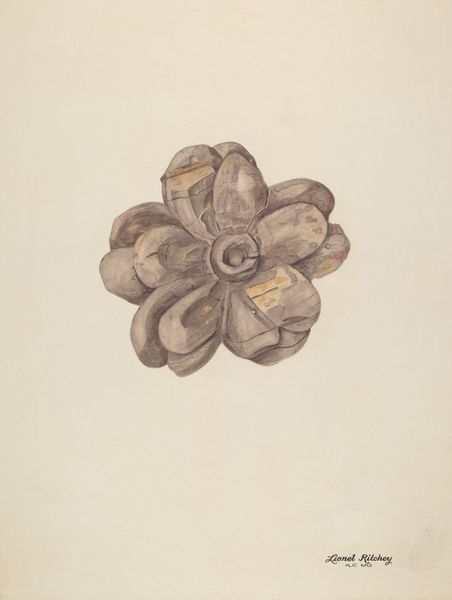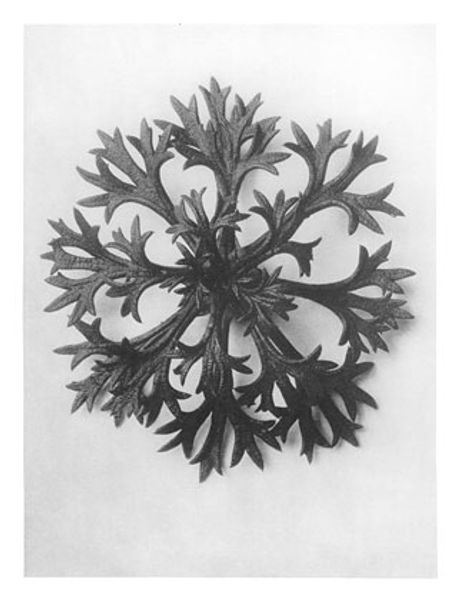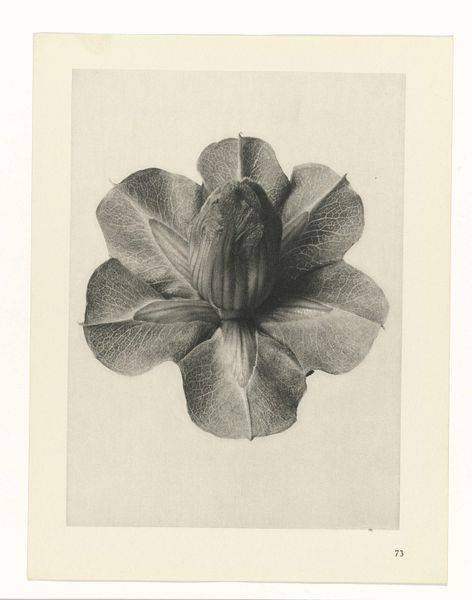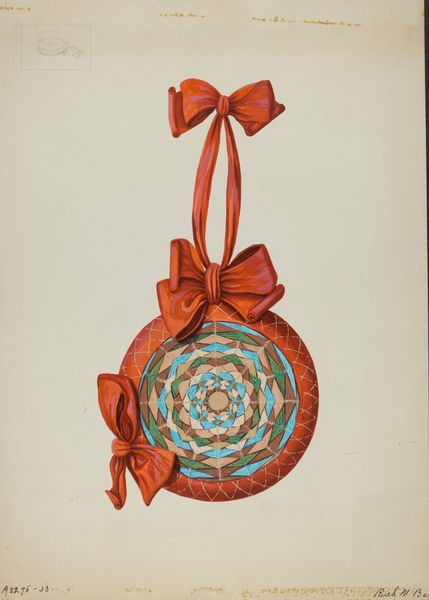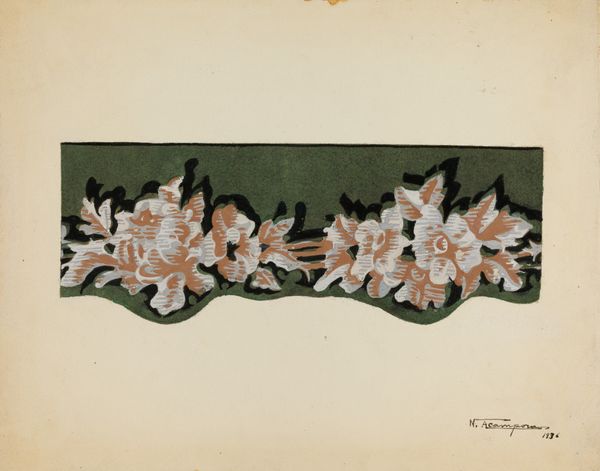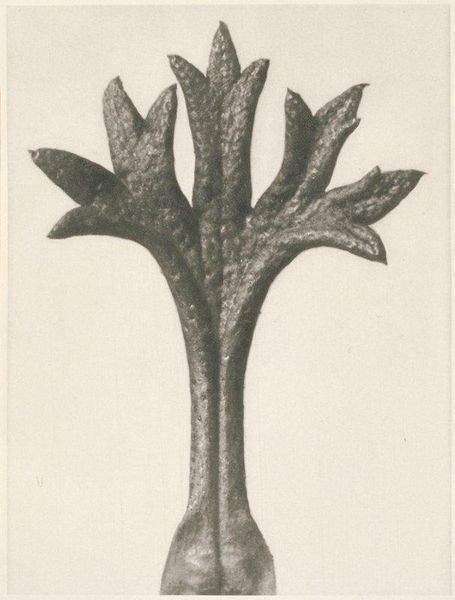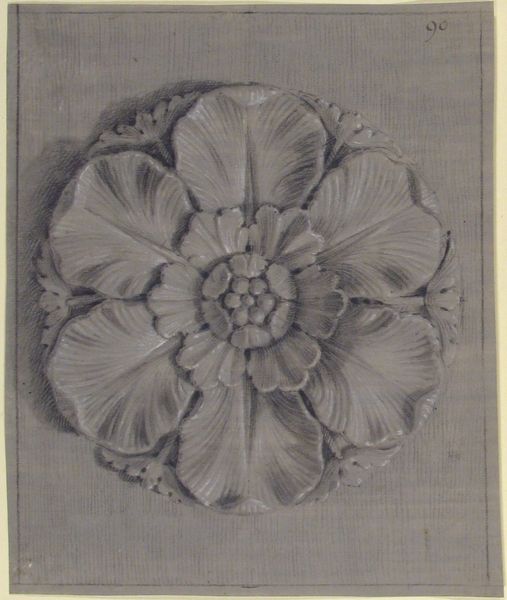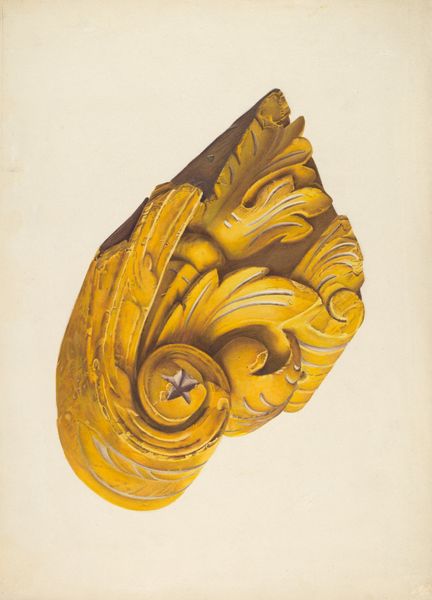
carving, sculpture, wood
carving
sculpture
flower
geometric
plant
sculpture
carved
wood
Copyright: M.C. Escher,Fair Use
Editor: Here we have M.C. Escher's "Polyhedron with Flowers," a wood carving from 1958. The geometric structure combined with the organic floral forms feels so unexpected. What historical factors might have shaped this interesting blend of math and nature? Curator: That’s a great starting point. Post-war, there was a fascination in both art and science with structures that could explain a world in flux. Escher, although not directly involved in political movements, engaged in the cultural discourse by exploring visual systems. Think about the broader cultural context – the rise of information theory, cybernetics. Does the work, to you, seem like a stable image of nature, or something more unstable, on the verge of transformation? Editor: It feels a little unstable. The rigid geometric form trying to contain something as fluid and organic as flowers…it’s a fascinating tension. Was Escher critiquing this scientific worldview or embracing it? Curator: That’s the ambiguity that makes Escher so compelling. He’s reflecting the times, but also playing with visual perception, and the societal understanding of what is ordered or chaotic, natural or artificial. Does the wooden medium play into that reading? Editor: I think it does! Wood feels very natural, grounding the geometric form somewhat. Almost like taming the science with craft, drawing attention to its inherent material qualities. I wonder if a metal sculpture would have a different impact? Curator: Exactly! That tension between material and form underscores how deeply art is intertwined with its socio-historical environment. What was simply considered ‘decorative’ can open conversations about technology and our relationship to nature. Editor: So it's not just about seeing an image but understanding its place within a larger cultural and political landscape, offering clues about the relationship between humanity, mathematics, and the natural world during its time. That changes how I see Escher's intention! Curator: Precisely. Context shapes our perspective. It allows for a richer, more informed interpretation, pushing beyond a first glance and towards critical engagement.
Comments
No comments
Be the first to comment and join the conversation on the ultimate creative platform.
